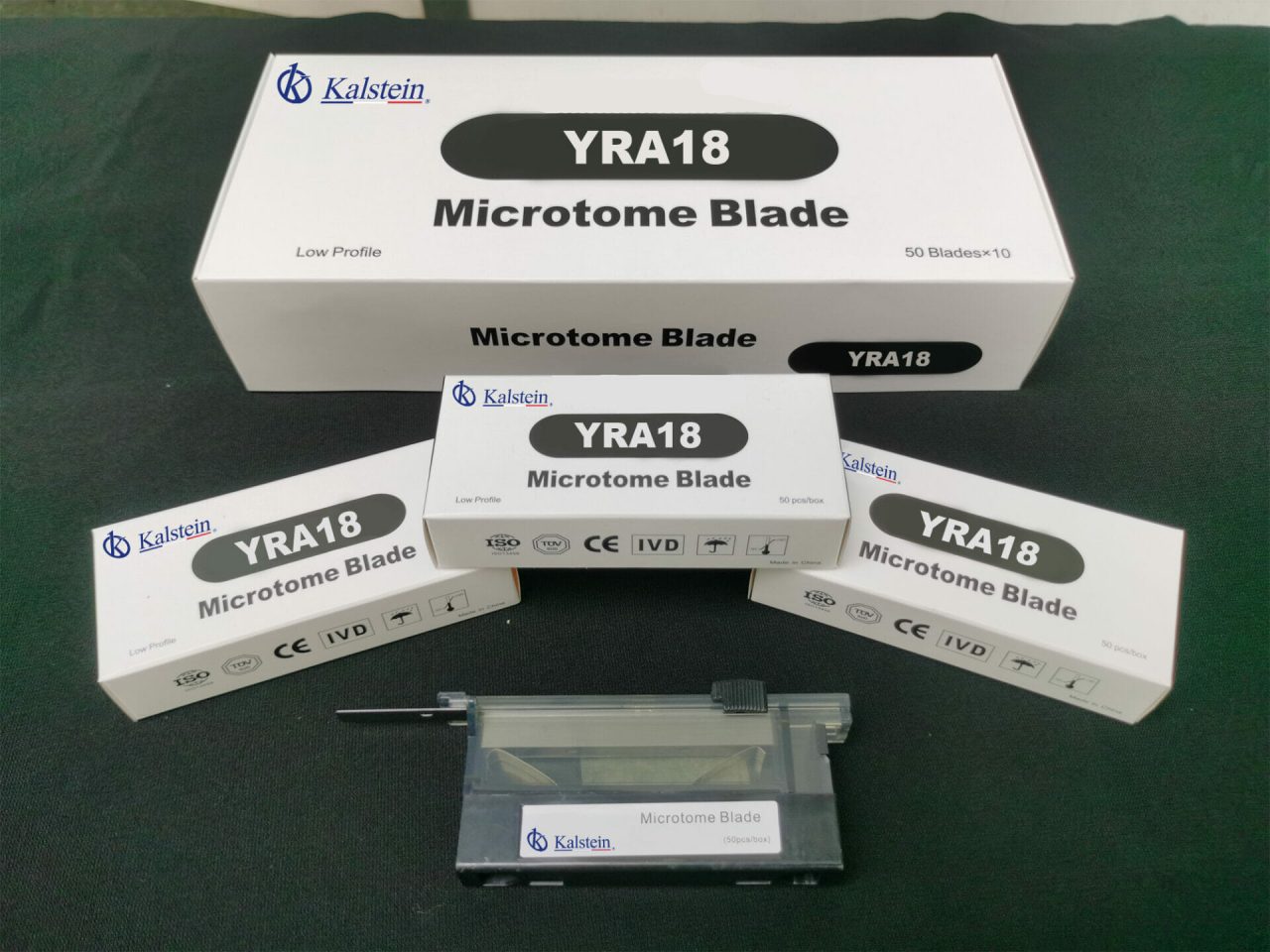Laboratory tests are an important tool in the diagnosis of diseases, since they allow the doctor to know how the patient is in biological terms. This is done by testing chemicals in the blood and other body fluids. In order to carry out these analyzes, it is necessary to understand how blood reagents, which are the chemical agents used to determine the amount of a particular compound in a sample, work.
Blood reagents are defined as a chemical mixture consisting of different chemicals, most of which are solvents. This mixture can be used for the detection of compounds in the blood, e.g. citric acid, hemoglobin, urea etc. These agents react with blood compounds to produce a mixture of product. The intensity of this product mixture depends on the amount of compounds present in the sample. This chemical reaction is the basis for all laboratory tests.
What types of reagents are used in the different methods in the bioanalysis laboratory?
There are different types of blood reagents. Examples are serum reagents, nucleic acids, and serologic-type reagents. Each is used to evaluate a particular chemical compound. Serum reagents are the most commonly used in laboratory assays. These reagents react with proteins and other inorganic molecules present in the blood. Nucleic acids are used to detect DNA and RNA, and serological-type reagents are used to detect antibodies.
In most cases, the reagents react in a specific and predictable way with a component of interest in the sample. This chemical reaction can generate a colored or fluorescent compound, which allows later quantification by a spectrometric method of absorption or molecular emission. This way, a qualitative and quantitative analysis can be made in a sample.
In addition to blood reagents, other components are needed for laboratory analysis. These include containers, tubes, counters, spectrometers, etc. Containers and tubes are responsible for storing the sample for further analysis. Counters show the amount of compound present in the sample, while spectrometers are used to identify and quantify each chemical component.
How is the interpretation of the results done in a bioanalysis laboratory?
Once blood reagents have been identified, test results must be interpreted. This involves evaluating the data obtained to determine whether there are any abnormalities that might indicate a disease. For this, data are compared with baseline values corresponding to the patient’s age, sex and biological condition.
If a given endpoint is outside the normal range, interpretation will indicate to which disease the outcome may be attributable. Reference ranges vary depending on the biologic variable being measured, so it is important to understand each one to interpret correctly the results of a laboratory analysis. Moreover, a specialist doctor may give the appropriate interpretation of the results.
In conclusion, blood reagents are an essential tool for laboratory analysis. These compounds allow doctors to evaluate the levels of the various chemicals in the blood and other body fluids. In addition, the procedures, reagents and containers necessary for proper laboratory analysis should be understood. Finally, a laboratory analysis is not completed if the results obtained are not interpreted correctly, which requires understanding the reference ranges according to each biological variable.
Kalstein’s contribution in blood analyzers
Kalstein applies the most demanding quality controls so that its equipment behaves reliably during routine analysis in bioanalysis laboratories. This manufacturer has for sale several models of analyzers, which allow the determination of electrolytes based on the novel technology of the ion selective electrodes. For purchase and pricing of available devices visit the websites HERE and HERE .

